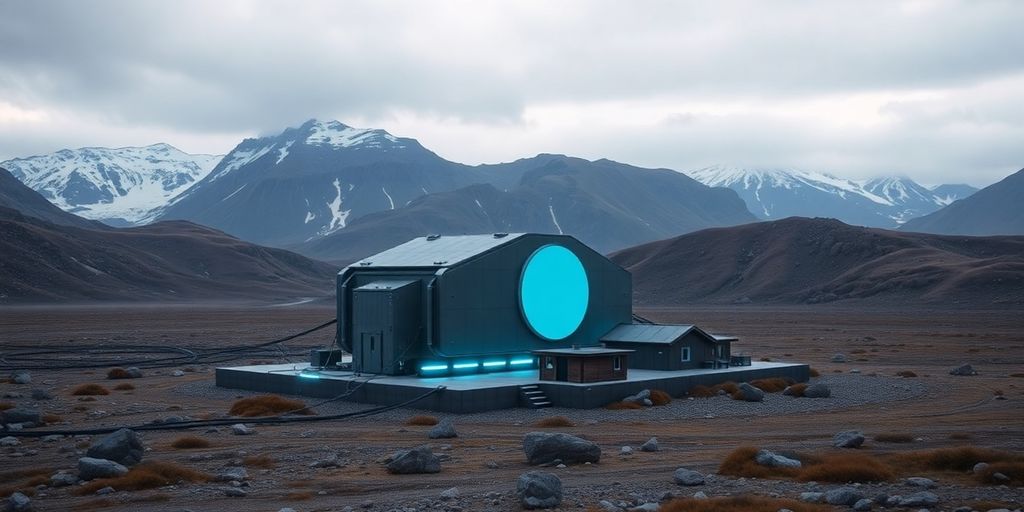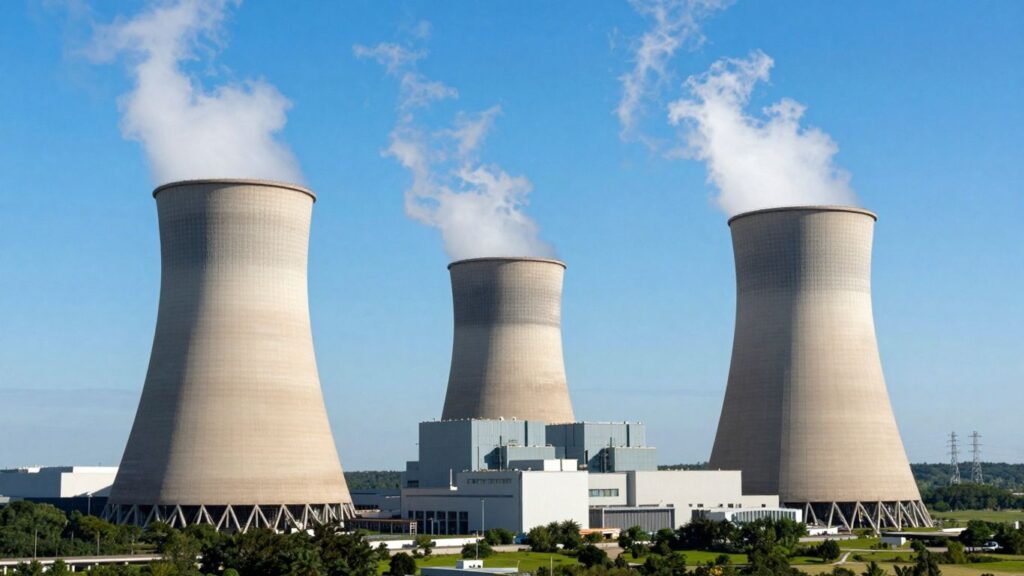The U.S. Department of Energy is pioneering a new era of nuclear power with the testing of portable microreactors. These compact, self-contained units are designed to provide safe, reliable electricity to remote locations, military bases, and disaster-stricken areas, marking a significant shift from traditional large-scale nuclear plants.
Key Takeaways
- The U.S. Department of Energy (DOE) is testing portable microreactors at its new Demonstration of Microreactor Experiments (DOME) facility in Idaho.
- Two initial designs, eVinci from Westinghouse and Kaleidos from Radiant, will undergo testing starting in spring 2026.
- These microreactors are designed for agility and efficiency, producing up to 20 megawatts of thermal energy, and are intended for specific applications rather than powering entire cities.
- The initiative aims to enhance energy security, support national defense, and foster American innovation in nuclear technology.
Advancing Microreactor Technology
The DOME facility, located at the Idaho National Laboratory, is the world’s first global facility specifically built to test small, self-contained nuclear reactors. These microreactors are designed to deliver power reliably, quickly, and safely, with a focus on agility and efficiency rather than the massive output of traditional nuclear plants.
Compact Reactors, Big Potential
The two selected microreactor designs, eVinci and Kaleidos, represent different approaches to decentralized power. Westinghouse’s eVinci reactor is a transportable design utilizing passive heat pipe technology to deliver 5 megawatts of electricity. It requires minimal maintenance and can be housed on a small footprint, making it suitable for remote installations and small communities.
Radiant’s Kaleidos system is a high-temperature gas reactor capable of generating 1.2 megawatts of electricity. It is designed to replace diesel generators in off-grid or backup scenarios, offering continuous operation for up to five years before refueling. Its compact nature allows for transportation by truck, plane, or train, crucial for rapid deployment.
How DOME Will Work
The DOME facility will subject these new microreactor technologies to real-world conditions for up to six months of continuous operation. The data gathered will be crucial for improving safety, performance, and readiness for commercial deployment. Both Westinghouse and Radiant were selected through a competitive process and are responsible for funding their own test campaigns, adhering to strict safety reviews and regulatory steps.
A Push for Energy Innovation and National Security
This initiative aligns with the DOE’s broader goals of reshaping energy security and fostering innovation. Microreactors are seen as a key component in powering homes, military bases, and critical infrastructure, especially in situations where traditional power grids are compromised or unavailable. The program also aims to strengthen U.S. competitiveness in the global nuclear energy market.
Looking Ahead to a Scalable Nuclear Future
The upcoming experiments at DOME signify a new approach to nuclear energy, emphasizing scalable models that can adapt to diverse needs. With smaller footprints, quicker deployment, and flexible use cases, microreactors have the potential to transform energy distribution across the United States, offering solutions for climate resilience and secure energy for national defense.
Sources
- The U.S. is testing portable micro nuclear reactors for safe power in remote locations, The Brighter Side of News.












